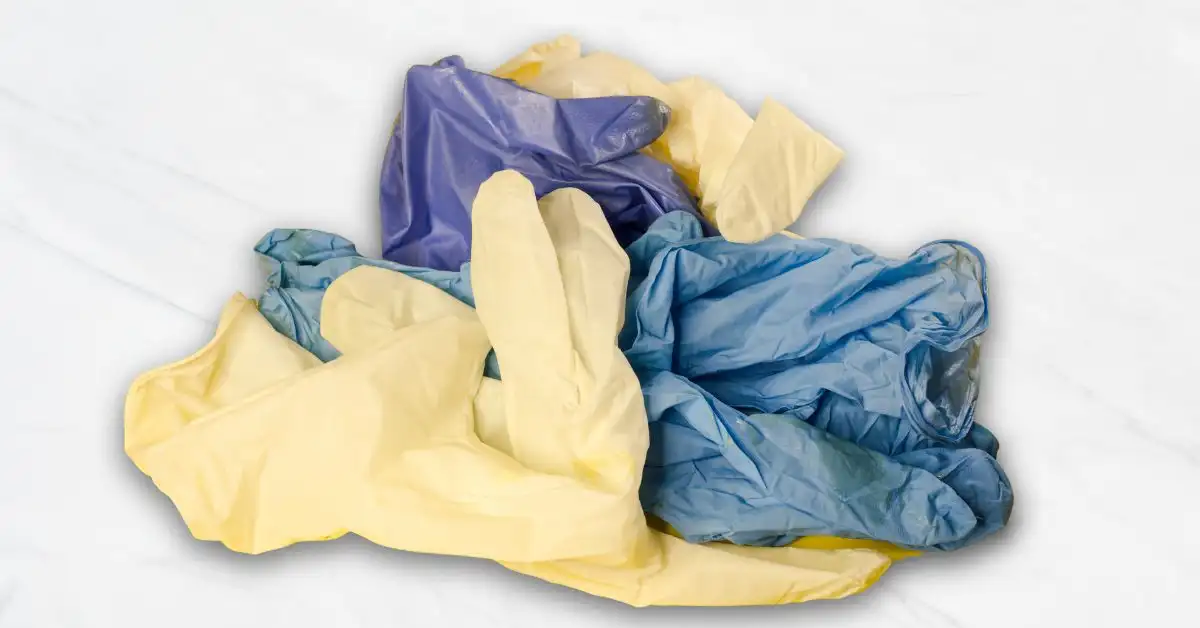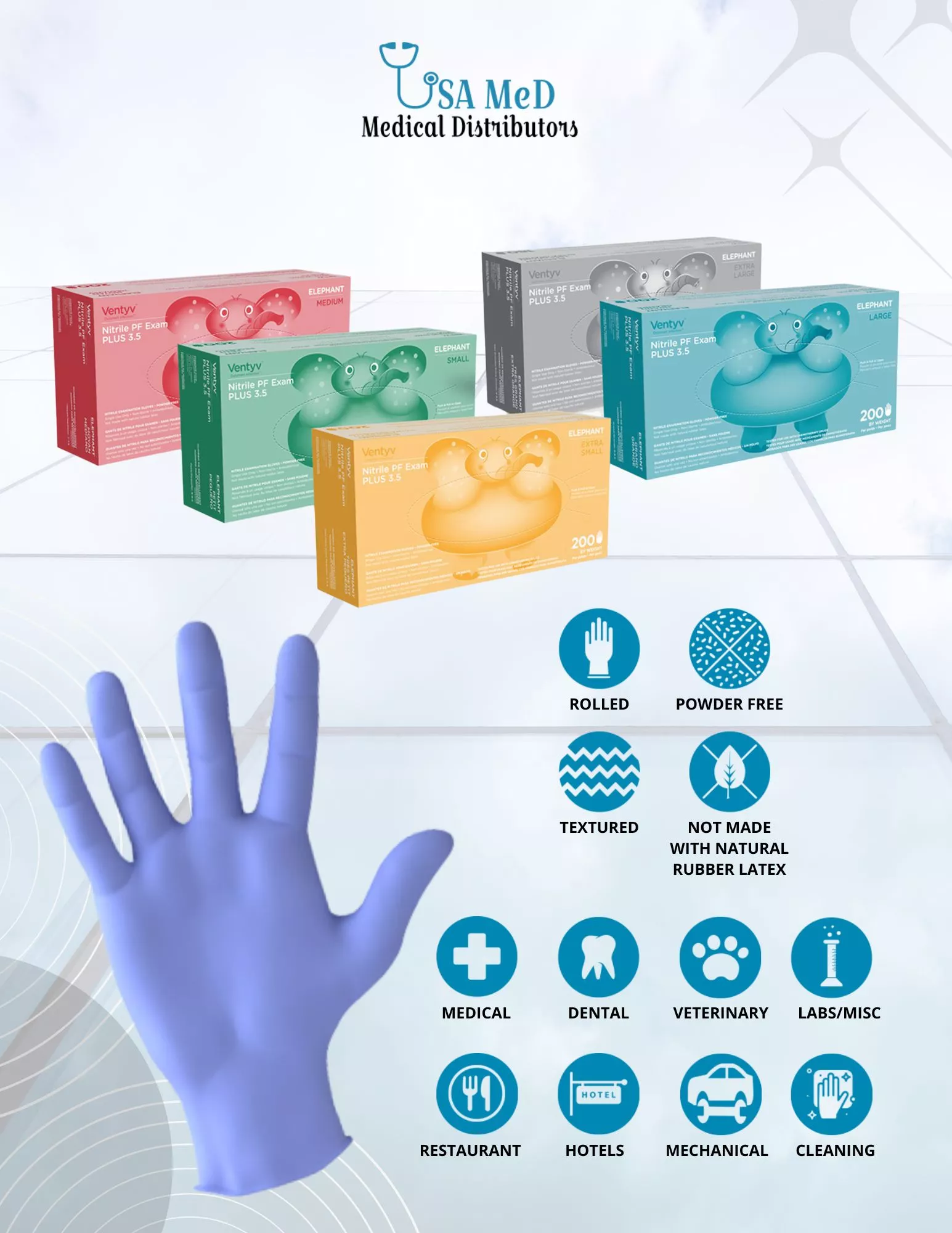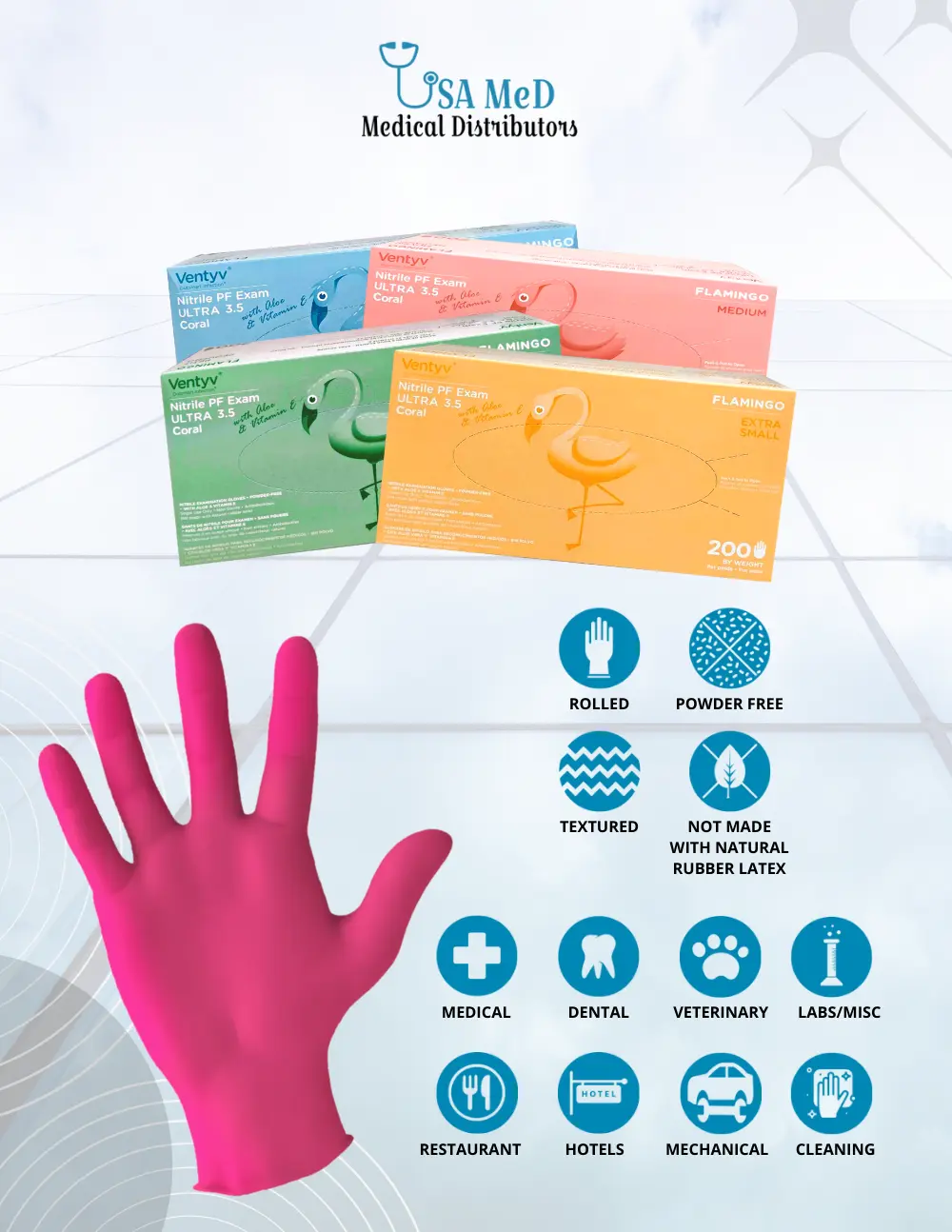Key Differences Between Nitrile and Latex Gloves for Culinary Use
In the culinary realm, selecting between nitrile and latex gloves is vital to maintain safety and efficiency during kitchen tasks. Making the right choice can significantly impact food preparation processes and overall hygiene standards. Let’s delve into the key differences that can significantly impact your cooking experience.
First and foremost, **nitrile vs latex gloves for cooking** reveals a stark contrast in terms of material properties. Nitrile gloves are made from synthetic rubber, making them an excellent choice for those with latex allergies. This is particularly important in professional kitchens where staff safety is paramount. On the other hand, latex gloves offer superior elasticity and comfort but may pose a risk to individuals sensitive to latex proteins.
In terms of **cooking safety standards**, nitrile gloves stand out due to their resistance to punctures and tears, providing an added layer of protection when handling sharp utensils or hot ingredients. This durability means that chefs can focus on their craft without worrying about glove failure during critical tasks.
Moreover, when we compare **grip and tactile sensitivity in cooking**, both glove types have their merits. Latex gloves are known for offering superior tactile feedback thanks to their snug fit, making them ideal for intricate tasks such as plating or handling delicate ingredients. Their close fit enhances dexterity, allowing for more precise movements in delicate food preparation processes. However, nitrile gloves have improved significantly in this area as well; many brands now offer textured surfaces that enhance grip without sacrificing sensitivity.
When to Choose Nitrile Over Latex (and Vice Versa) in Food Preparation
When it comes to food preparation, the choice between nitrile and latex gloves can significantly impact both safety and quality. Understanding the strengths of each type is crucial for ensuring a safe cooking environment.
Nitrile gloves are often the superior choice in kitchens, particularly for those seeking allergen-free cooking options. Unlike latex, which can trigger allergic reactions in some individuals, nitrile offers a hypoallergenic alternative that doesn’t compromise on durability or flexibility. Nitrile gloves are an excellent option for handling raw foods or high-risk ingredients because of their outstanding puncture resistance and close fit, allowing for precise and agile movements. Their durability and flexibility make them a preferred choice in environments where hygiene and safety are top priorities. Their durable nature makes them a reliable option for maintaining hygiene and safety standards in food preparation settings.
On the other hand, latex gloves have their place in food preparation as well. They are typically more affordable and offer a comfortable fit that many chefs prefer for tasks requiring frequent glove changes. However, it’s essential to consider when to use them carefully; if you know your kitchen staff or clientele has latex allergies, opting for nitrile is not just best practice—it’s necessary.
In conclusion, the choice between nitrile and latex gloves is a critical decision that can greatly influence safety and efficiency in culinary environments. Nitrile gloves are favored for their hypoallergenic properties, puncture resistance, and durability. These makes them ideal for handling raw or high-risk foods. Their reliability and protective features make them a top choice in environments where safety and hygiene are crucial. They offer a reliable solution for environments where hygiene and safety are paramount. While latex gloves provide superior comfort and tactile feedback for intricate tasks, they pose potential risks to those with allergies. Ultimately, understanding these differences allows chefs to make informed choices that prioritize both safety and quality in food preparation. By selecting the appropriate glove type based on specific kitchen needs, culinary professionals can enhance their cooking experience while ensuring a safe environment for all involved.











